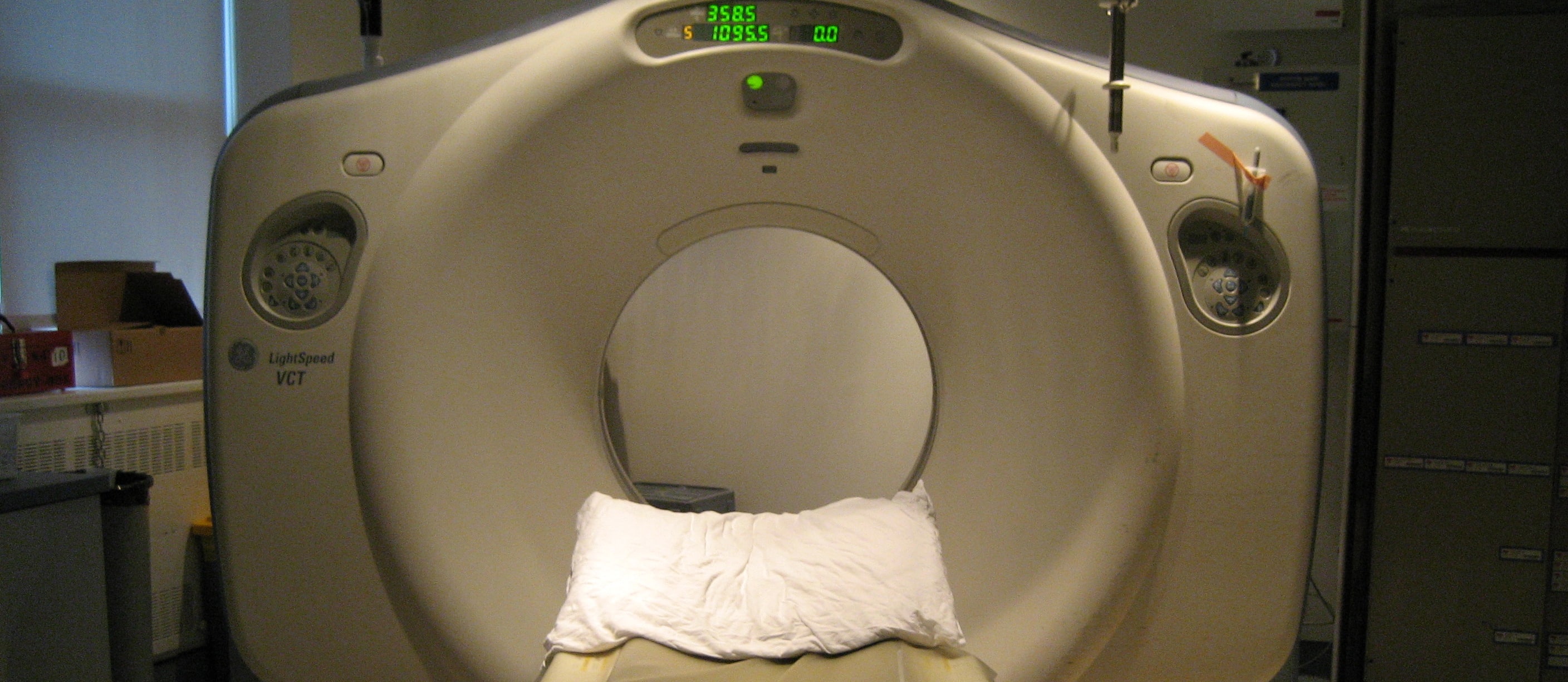The greatest radiation exposure risk comes not from the Fukushima fallout or the polonium naturally found in all seafood (see my last video, Fukushima and Radioactivity in Seafood), but from doctors.
This was the study that originally shook things up: “Estimated Risks of Radiation-Induced Fatal Cancer from Pediatric CAT scans.” Researchers concluded that the best available risk estimates suggest that pediatric CAT scans (also known as CT scans) will result in significantly increased lifetime radiation risk. How increased? In the United States, of the approximately 600,000 abdominal and head CT scans annually performed in children under the age of fifteen, 500 of these individuals might ultimately not just get cancer but die from cancer attributable to the CAT scan radiation. In response to this revelation, the editor-in-chief of the leading radiology journal admitted that radiologists have not been watching out for children.
The cancer estimates were based on data from Japanese atomic bomb survivors, in terms of how many deaths one can expect from what kind of radiation dose. However, there’s never been a study able to actually document the excess cancers—until now. It turns out that the X-rays released by CAT scanners may be twice as carcinogenic as the higher energy gamma rays released from atomic bombs. Just a few CT scans may triple the risk of brain tumors and leukemia in children.
Other studies are being performed around the world to quantify the risk and should be out in the next few years. Until then, what can we do? First of all, we should get X-rays only when absolutely necessary. Good evidence suggests that between a fifth and a half of CAT scans aren’t necessary at all—they could be replaced with another type of imaging or not performed at all. That’s a lot of added cancer risk for no added benefit.
If you check out my 4-min video Cancer Risk From CT Scan Radiation, you can see the risk of developing cancer for different groups after getting one CT scan. The risk of developing cancer after a single CT scan may be as high as 1 in a 100 for a baby girl. It can take years for cancer to develop, though, which is why the risk is lower in the elderly since they have fewer years left to live. The diagnostic medical radiation dealt out in one year is estimated to cause 2,800 breast cancers among women in the United States, and 25,000 other cancers. That’s doctors causing a lot of cancer.
One chest CT scan is like getting 400 chest X-rays, and a stress test heart scan can be like getting over a thousand X-rays. Doctors need to communicate the risks of these procedures, using relatable analogies. For example, the risk of a chest CT is like the risk of having a car crash during 2500 miles of highway driving or of smoking 700 cigarettes. You pick up a pack of cigarettes and there’s a warning label, but then you go in for thallium heart scan, and no one minds telling you that the risk corresponds to smoking 1400 cigarettes. One in every 270 middle-aged women that get an angiogram may get cancer because of that one test.
The risk associated with the thallium heart scans shocked me. By eating healthy, we may not only eliminate the death and disability associated with heart disease and its treatment (such as open heart surgery), but the risks associated with heart disease diagnosis as well. See these videos for my advice on preventing heart disease:
- One in a Thousand: Ending the Heart Disease Epidemic
- Cavities and Coronaries: Our Choice
- Heart Disease Starts in Childhood
- Our Number One Killer Can Be Stopped
- China Study on Sudden Cardiac Death
- Eliminating the #1 Cause of Death
As I explain in my full-length live presentation on preventing, arresting, and reversing the 15 top killers (Uprooting the Leading Causes of Death), adverse drug reactions from prescription drugs are estimated to cause more than 100,000 deaths in the United States every year, making doctors the sixth leading cause of death. And that’s not counting other “iatrogenic” (physician-caused) harm, such as these radiation risks or medication errors or infections acquired in hospitals. My profession needs to do a better job of offering fully informed consent, clearly and comprehensively explaining the risks and benefits of each alternate course of action.
What about getting X-rays at the dentist? I’ve got a video about that too: Do Dental X-Rays Cause Brain Tumors?.
-Michael Greger, M.D.
PS: If you haven’t yet, you can subscribe to my videos for free by clicking here and watch my full 2012 – 2015 presentations Uprooting the Leading Causes of Death, More than an Apple a Day, From Table to Able, and Food as Medicine.
